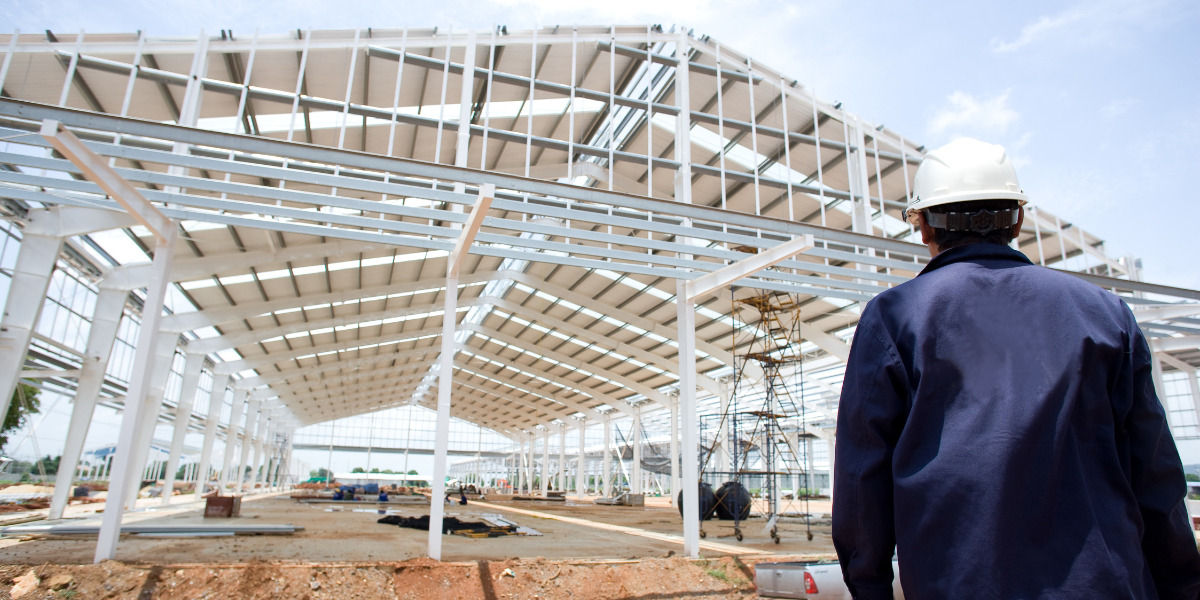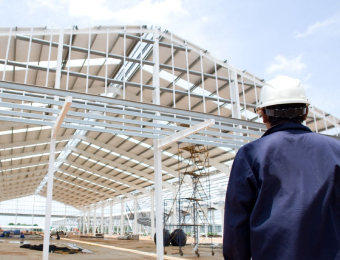Blog

PEBs are Transforming the Construction Industry
PEBs have transformed the building sector in a number of ways.
Faster Construction: Clients can save time and money by using PEBs because they can be built in less time than standard construction techniques.
Lower Costs: Because PEBs use less material and require less on-site labour, they are more economical.
Customization: PEBs can be tailored to meet the precise project needs, providing more design flexibility.
Sustainability: PEBs are more environmentally friendly since they use less energy during production, produce less waste, and use fewer raw materials.
Thanks to the introduction of Pre-Engineered Buildings (PEB), the building sector has undergone a significant transition in the last few decades. Building construction has been revolutionized by PEBs, which provide quicker, more affordable, and environmentally friendly alternatives. As a leading PEB manufacturer, we think it's important to inform people about the advantages and potential of PEBs, which is why we've put together this comprehensive guide on using PEBs to revolutionize the construction industry.
The PEB construction method involves pre-designing and pre-fabricating the building parts in a factory before they are brought to the construction site. These parts are then put together and constructed on-site, producing a completely operational building in a short amount of time. PEBs are frequently utilized in commercial buildings, airports, showrooms, factories, and warehouses.
Benefits of PEB:
Cost-Effectiveness: Since PEBs require less labor and time, as well as fewer on-site materials, transportation, and waste costs, they are more economical than conventional building techniques.
Speed of Construction: Because the components are pre-designed and pre-fabricated, PEBs may be put together more quickly overall.
Design Flexibility: Because the components may be tailored to the project's requirements and are simple to modify or expand in the future, PEBs provide more design flexibility than traditional buildings.
Sustainability: PEBs consume less raw materials, produce less waste, and use less energy during construction, making them more environmentally friendly than traditional buildings.
Durability: PEBs are extremely durable and can survive harsh weather, making them perfect for places with significant seismic activity or extreme temperatures.


